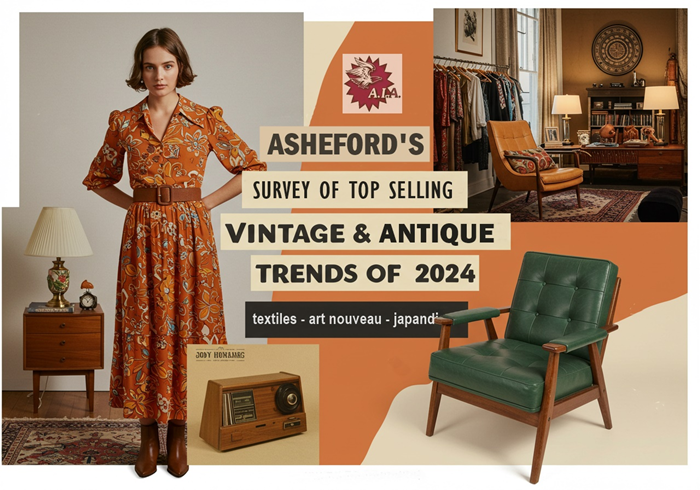1937 tax forms’ greatest value is historic
In a recent installment of Ask the Experts, Dr. Anthony J. Cavo provides insight about value and interest in vintage tax forms and a single bookend.
Q I found these 1937 income tax forms among some things I bought at an auction some years back. I’m wondering if they have any value.
— B.W. Stephen, Minn.
Good Condition of Tax Forms is Key
A It’s quite interesting that your 1937 IRS Tax Form 1040A has remained in such great condition for 80 years; it is from the 24th year of the federal income tax. Very often items such as this are found in near mint condition tucked between the pages of books or magazines.
Items such as this are considered Historical Accounting and Taxation Collectibles. They can be found at a variety of on-line markets. The first 1040 tax form was issued in 1913. This came after the 16th amendment established the imposition of a federal income tax. It was estimated that during that year less than one-percent of the population paid income taxes. The rate at the time was less than one-percent of their income.
Although your forms are apparently in excellent condition, even when in mint condition and from this early, these individual tax forms sell in the $3 to $4 range.
Solo Bookend May Command Half Price
Q Hello. I have just one bookend...The Jester by Ruhl. It is the colorful painted version from Armor Bronze, circa 1925. Is there any way to value just one since I don’t have the pair? Thanks so much for your help. Hope you can give me some ideas.
— D.W.
A The Jester bookends by John Ruhl were first manufactured in New York City by the National Metalizing Company, which was to become Armor Bronze Company in 1920. Armor Bronze advertised their products, which included lamps, trays, bookends, doorstops, and sculptures as “A seamless armor of pure bronze cast over an everlasting core.” The Armor Bronze Company later moved its production from NYC to Taunton, Massachusetts, during the 1930s and continued production until 1948.
Looking At Alternate Uses
The Jester bookends came in bronze tone and were also offered in polychrome – the version you
have. I have seen both variations of these bookends offered for sale in prices ranging from $275 up to $800 per pair, which indicates there is a great deal of arbitrary pricing being done. Asking price is not usually a reliable parameter in assessing value. Realistically, a pair of these bookends should sell in the $200 to $300 range, with a single bookend bringing around $40 to $50.
There are, however, other uses for a single bookend. It may be used as a bookend with a wall or other solid surface acting as the other half, it may be used as a doorstop, or a shelf ornament. I place my mail on a shelf behind a bookend until I open it or mail it.
John Ruhl created many different bookends during his career from 1915 until 1940 for Armor Bronze and Kronheim & Oldenbusch. As a matter of interest, John Ruhl was involved in the production of the famous marble lions that adorn the front of the New York Public Library as well as the Lincoln Memorial in Washington, D.C.








